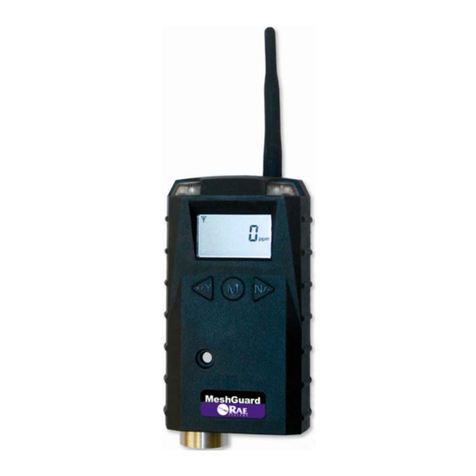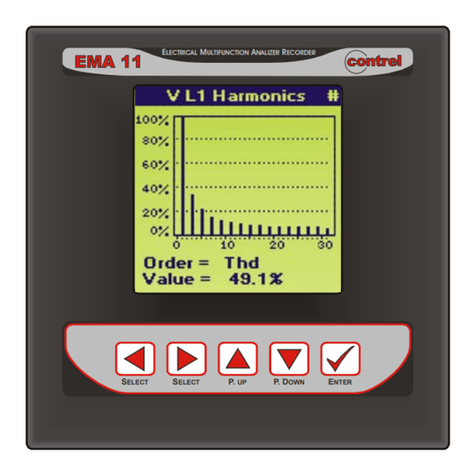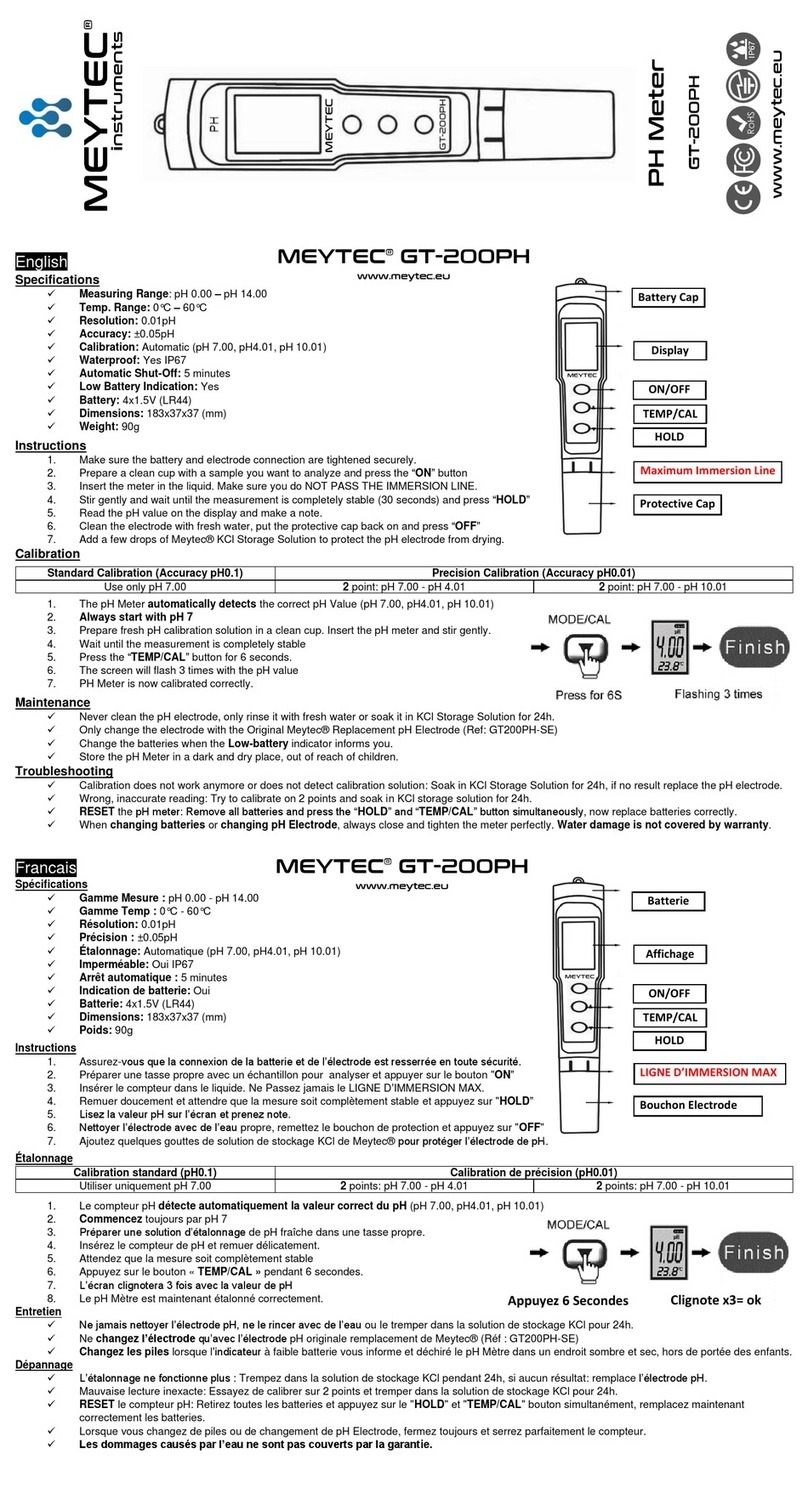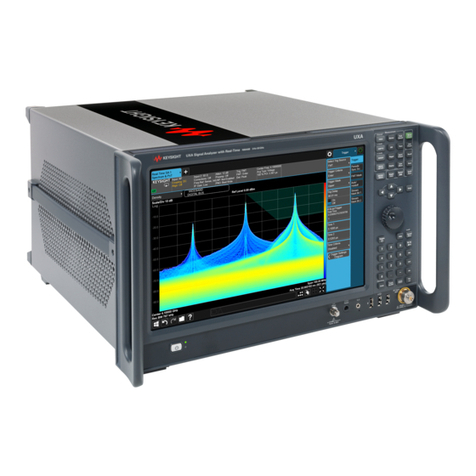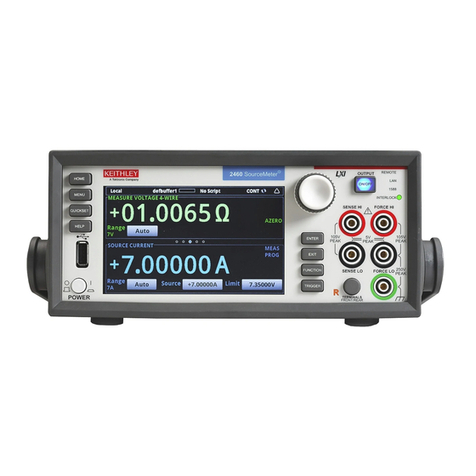B meters HYDROCAL-M4 Assembly instructions












Other B meters Measuring Instrument manuals
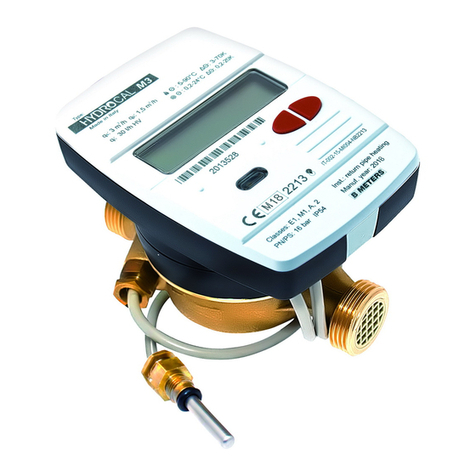
B meters
B meters Hydrocal-M3 User manual
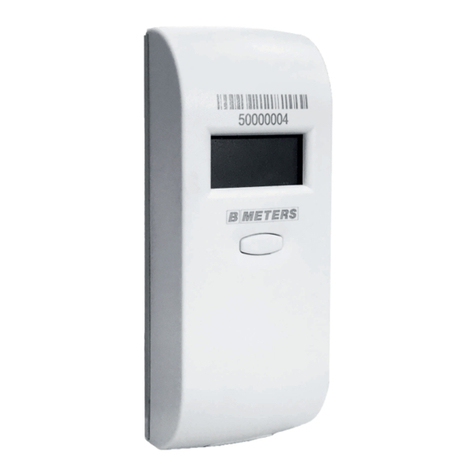
B meters
B meters HYDROCLIMA 2 User manual
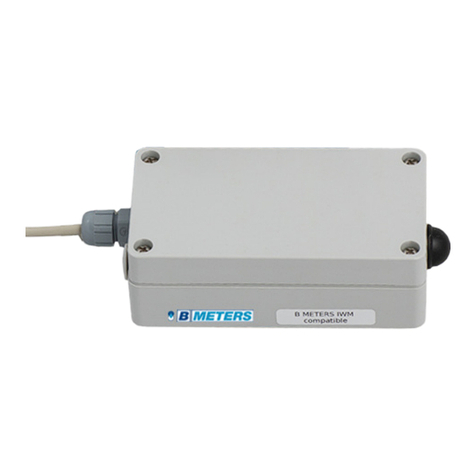
B meters
B meters LORA-PULSE LORAWAN pulse User manual

B meters
B meters HYDRODIGIT-S1 User manual
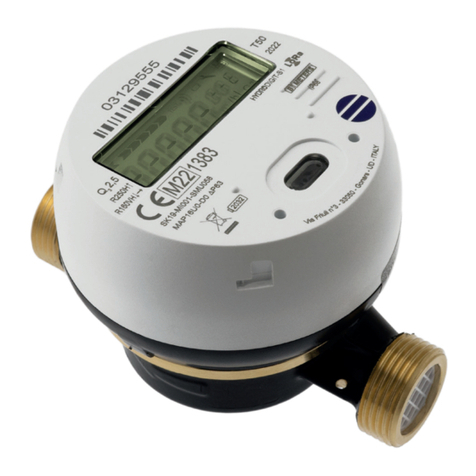
B meters
B meters HYDRODIGIT-S1 User manual
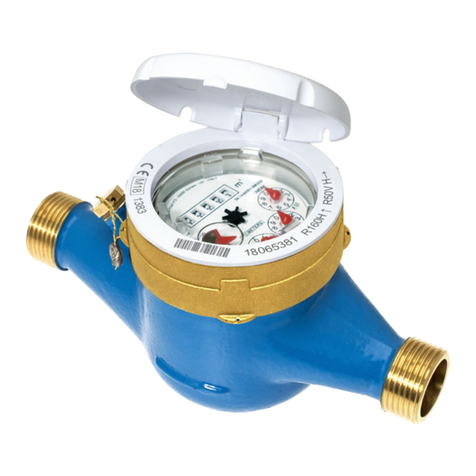
B meters
B meters GMDM-I User manual
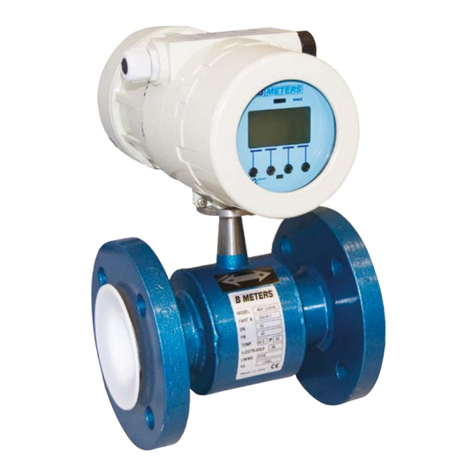
B meters
B meters MAG User manual

B meters
B meters HYDROCLIMA 2 User manual
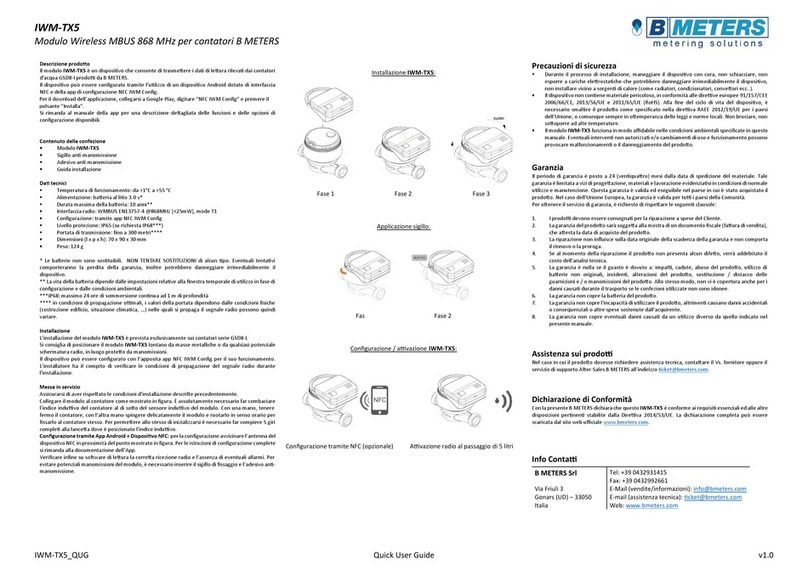
B meters
B meters IWM-TX5 User manual
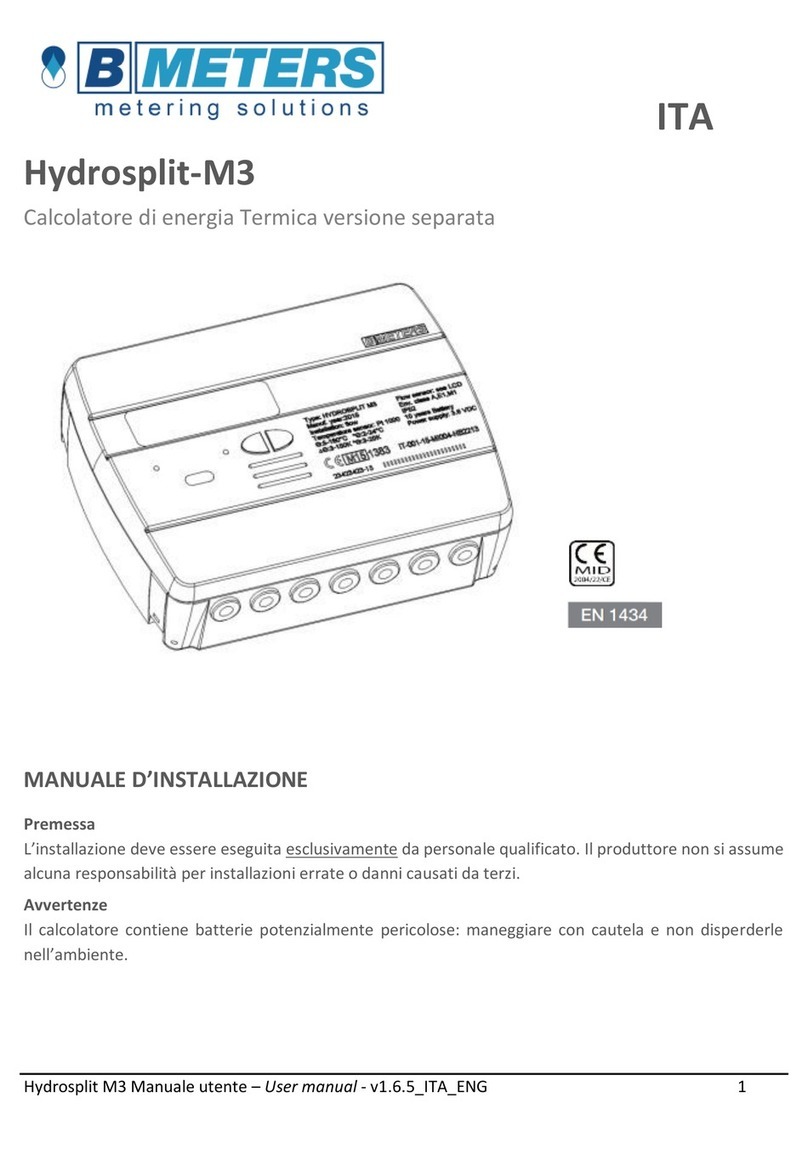
B meters
B meters Hydrosplit-M3 User manual

B meters
B meters HYDRODIGIT User manual

B meters
B meters HYDROSONIS-UP User manual
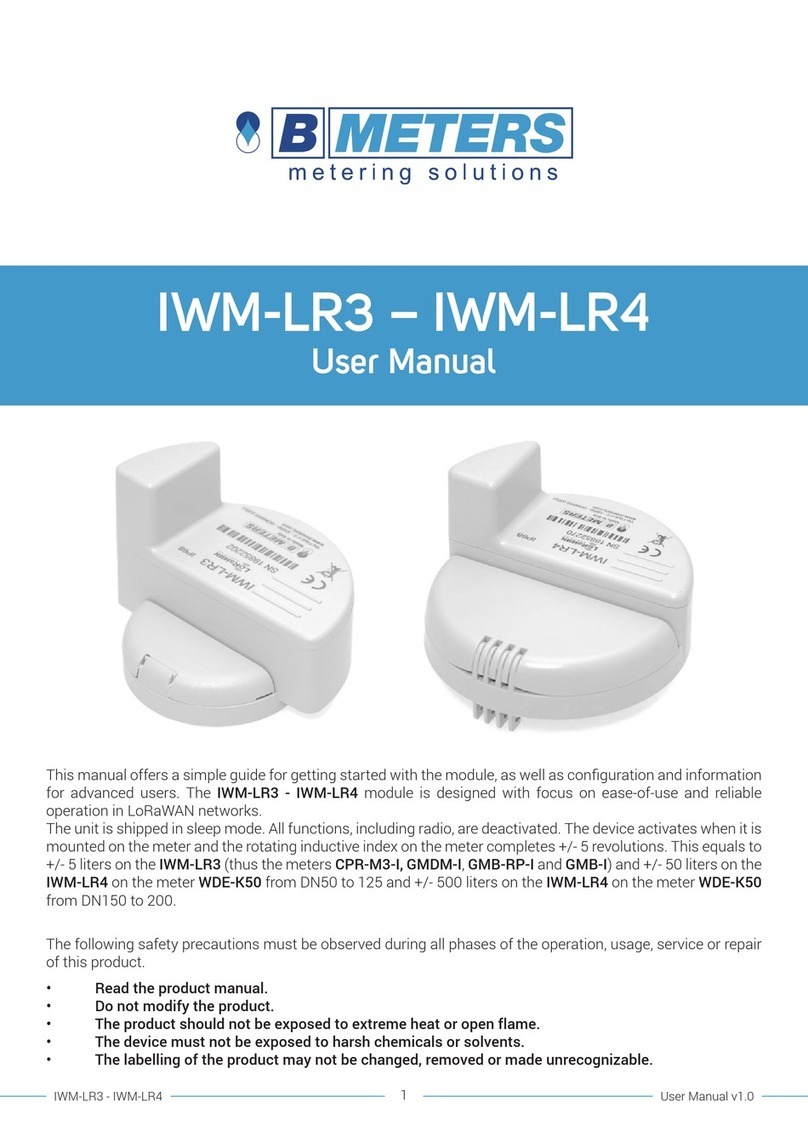
B meters
B meters IWM-LR3 User manual
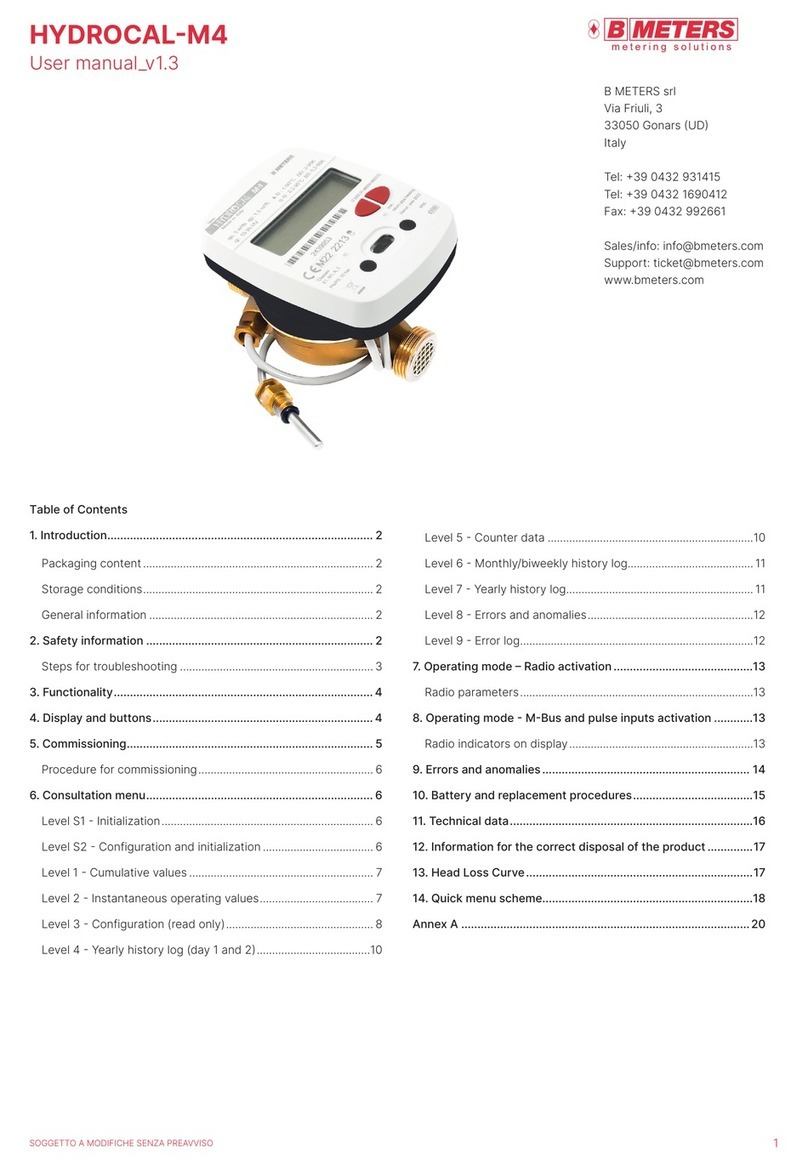
B meters
B meters HYDROCAL-M4 User manual
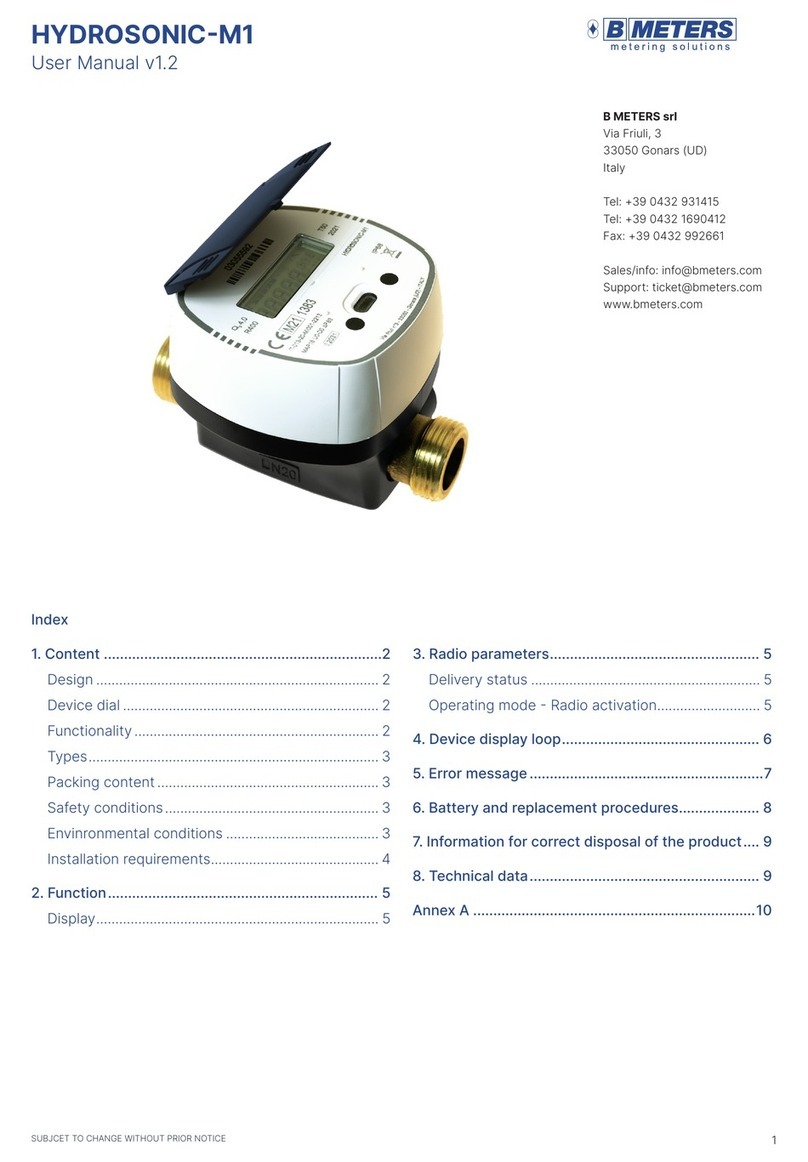
B meters
B meters HYDROSONIC-M1 User manual
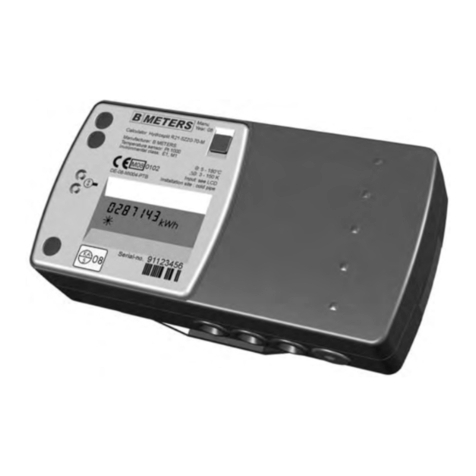
B meters
B meters HYDROSPLIT R 21 User manual
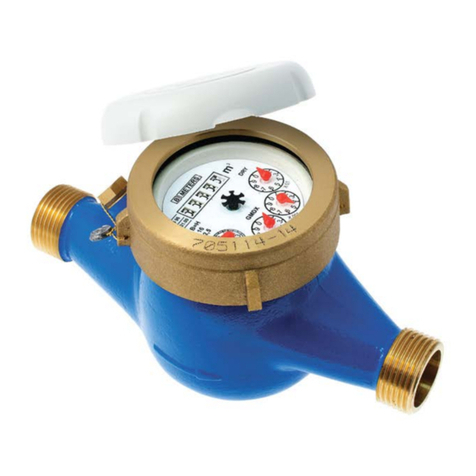
B meters
B meters GSD534AF Operating manual

B meters
B meters HYDROCAL-M4 Assembly instructions

B meters
B meters HYDROCAL-M4 User manual
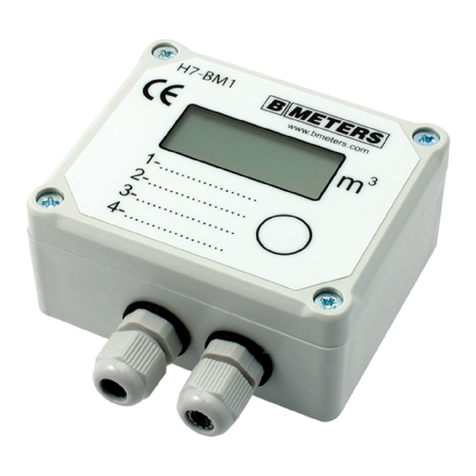
B meters
B meters H7-BM1 User manual
Popular Measuring Instrument manuals by other brands

GE
GE AquaTrans AT600 user manual
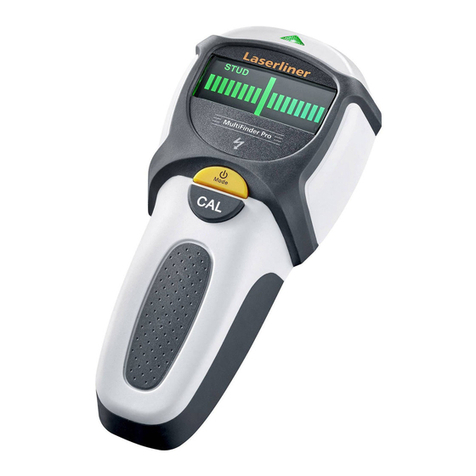
LaserLiner
LaserLiner MultiFinder Pro manual

Pfeiffer Vacuum
Pfeiffer Vacuum TPG 362 operating instructions

GretagMacbeth
GretagMacbeth Spectroeye operating manual
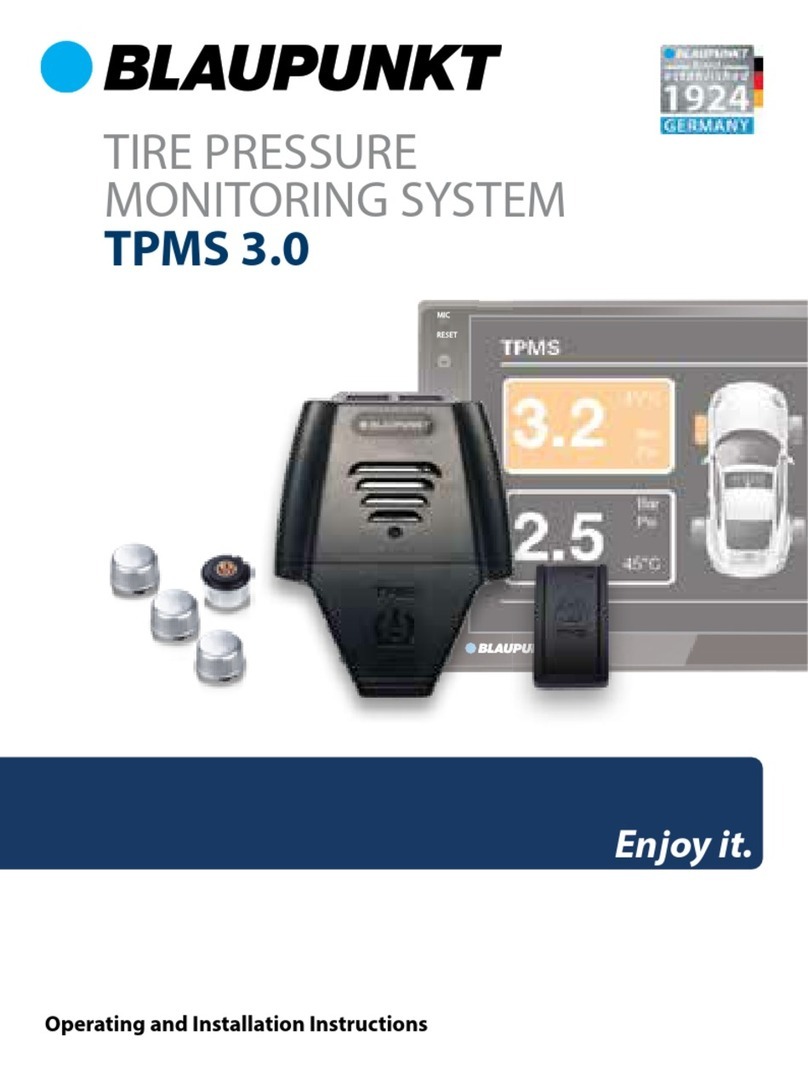
Blaupunkt
Blaupunkt TPMS 3.0 Operating and installation instructions
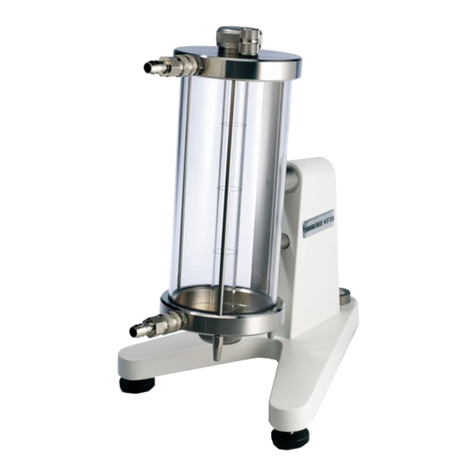
Brookfield
Brookfield KF40 operating instructions

AR
AR DC7210A Operating and service manual
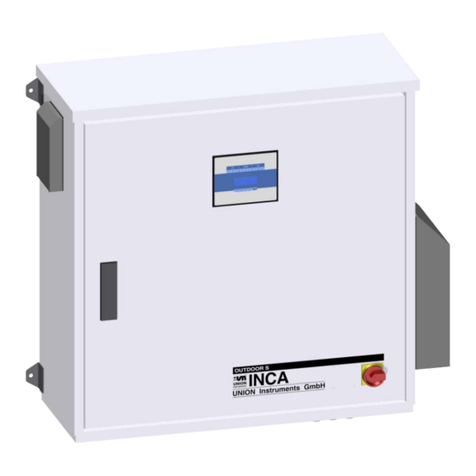
Union Instruments
Union Instruments INCA6004 Translation of the original operating instructions
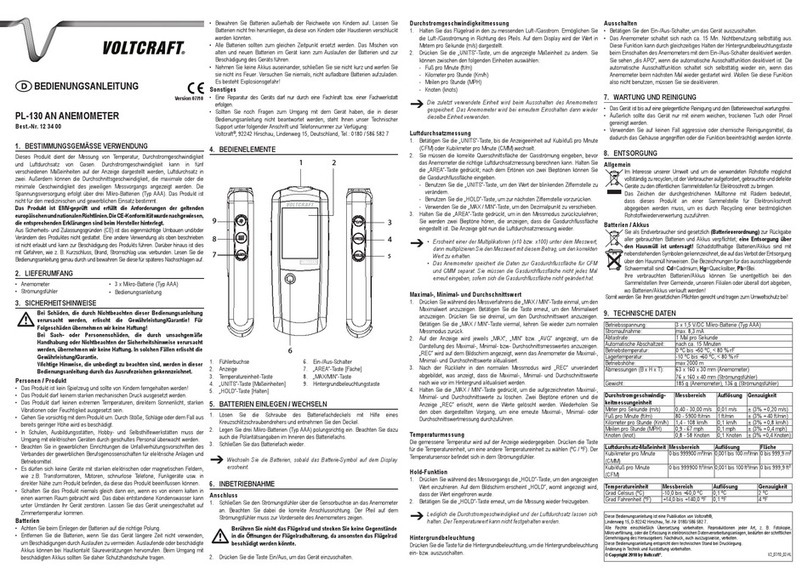
VOLTCRAFT
VOLTCRAFT PL-130 AN manual
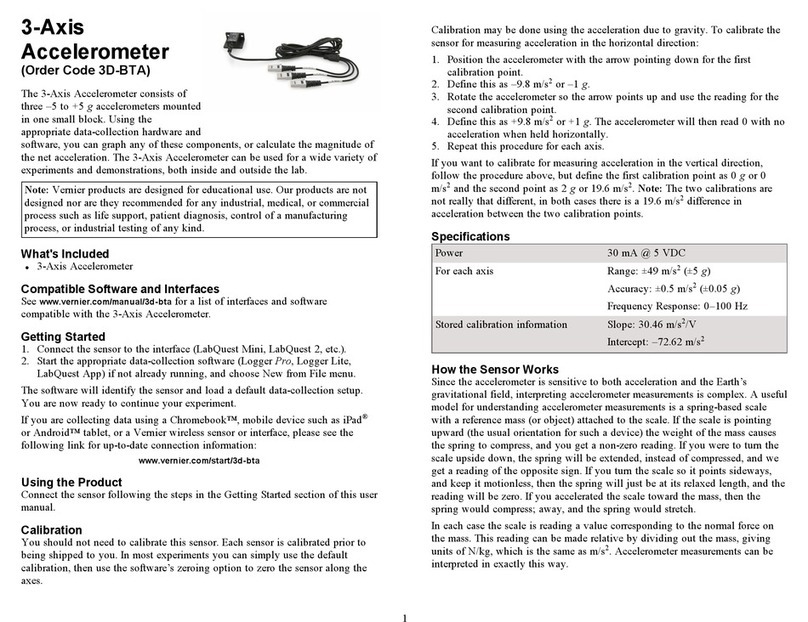
Vernier
Vernier 3D-BTA quick start guide
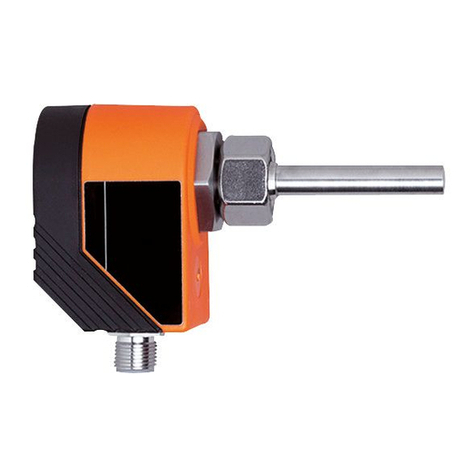
IFM
IFM efector300 SA3000 operating instructions
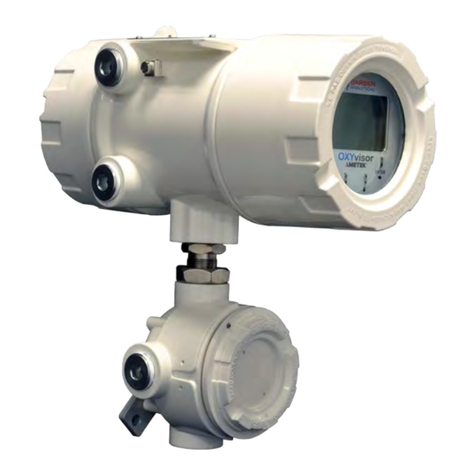
Ametek
Ametek BARBEN ANALYTICAL OXY visor Installation, operation and maintenance manual
